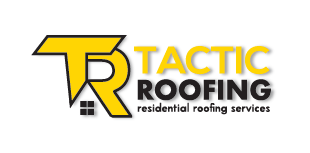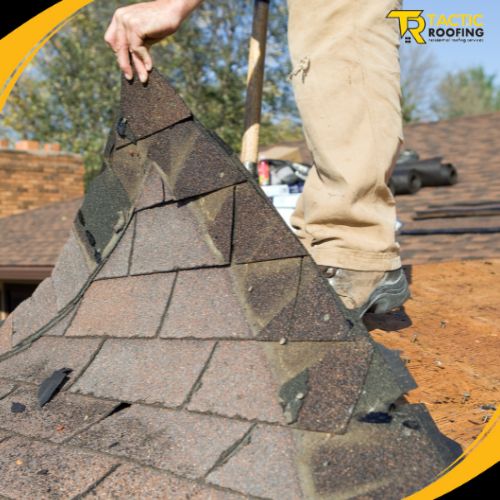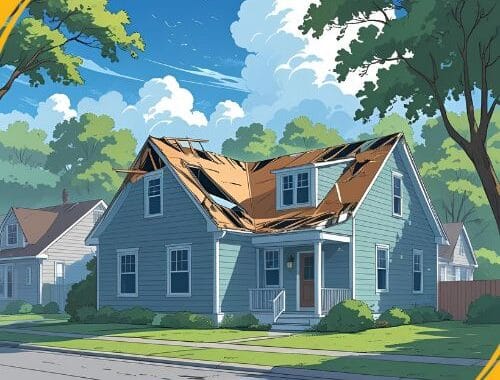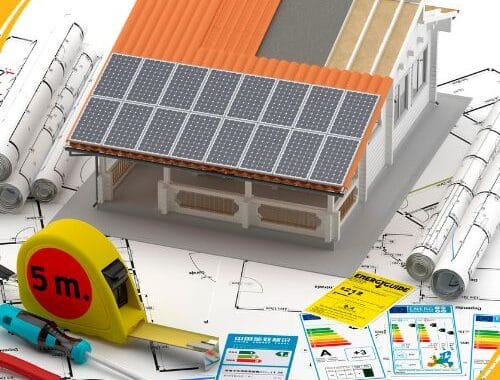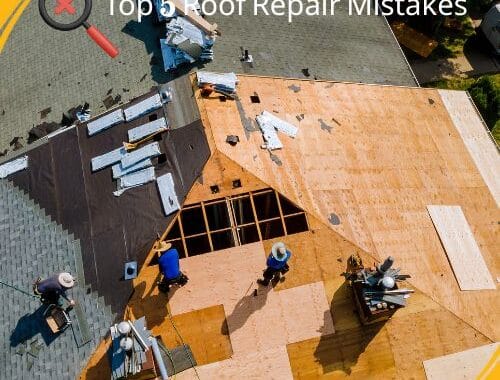There’s a certain pride in fixing things around your home yourself. Tightening a wobbly door, patching drywall, even building a deck — all satisfying victories.
But when it comes to your roof?
That’s where DIY becomes a high-wire act — sometimes literally.
Roof repair isn’t just about grabbing a ladder and a hammer. While there are things homeowners can safely handle, crossing the line between what’s safe and what’s risky can lead to expensive mistakes—or worse, serious injuries.
This guide is here to help you walk that line safely and smartly. If you’re the kind of homeowner who likes to get their hands dirty (but also values their spine and their savings), keep reading.
Start Here: Know Your Limits
Before we talk about what you can do, it’s important to start with what you should consider:
- Are you comfortable working at heights?
- Do you own the necessary safety equipment?
- Do you understand basic roofing anatomy (e.g., shingles, flashing, underlayment)?
- Can you identify damage beyond the surface?
If the answer to any of these is “not really,” your safest bet is to call in a pro. But assuming you’re comfortable and confident, here’s where DIY can be useful.
What You Can Do as a Homeowner
1. Visual Inspections from the Ground
You don’t always need to climb a roof to spot trouble. A pair of binoculars and a good eye can reveal:
- Curling or missing shingles
- Rusted or loose flashing
- Clogged or sagging gutters
- Debris buildup in roof valleys
Inspect your roof seasonally—especially after major storms. Use a personal Roof Inspection Checklist to track what you see and when.
✅ Pro Tip: Take photos during each inspection so you can compare any changes over time.
2. Gutter Cleaning and Maintenance
Clogged gutters can back up water under your shingles and cause rot along the eaves. You can:
- Remove leaves and debris by hand or with a gutter scoop
- Rinse the system with a hose to check for blockages
- Secure any loose brackets
Make this a quarterly habit—especially in fall.
3. Replacing a Shingle or Two (With Caution)
If you spot a single missing or damaged shingle and feel confident on a ladder, you may be able to:
- Gently lift the surrounding shingles
- Remove the damaged shingle and nails
- Slide in the new one
- Nail and seal it in place with roofing cement
But remember: one mistake with sealing or alignment can lead to leaks. Only attempt this if you’re genuinely comfortable.
4. Trimming Overhanging Tree Branches
Preventative maintenance goes a long way. Tree limbs rubbing on your roof can wear down shingles and drop debris.
You can safely:
- Trim smaller limbs that are within reach from the ground
- Remove limbs resting on the roof gently, without dragging them
Avoid climbing trees or using chainsaws on ladders—these are high-risk tasks best left to professionals.
5. Check Attic for Signs of Moisture
Sometimes, roof issues show up inside before they’re visible outside. A quick attic inspection every few months can help:
- Look for water stains or wet insulation
- Check for mold or mildew smells
- Ensure daylight isn’t shining through the roof boards
This is also the perfect time to evaluate your roof ventilation setup. Poor airflow in the attic can lead to moisture buildup and premature roof aging.
What You Should Never DIY on a Roof
Here’s where things get serious. The following repairs are high-risk and often require professional skill, training, and tools.
1. Full Roof Replacements
No matter how many YouTube videos you watch, replacing an entire roof is not a weekend DIY project. Why?
- Safety risks from heights, tools, and weather
- Potential for improper installation, leading to code violations or insurance issues
- Wasted money if materials are damaged during installation
2. Fixing Structural Damage
Roof decking, rafters, and trusses are integral to your home’s safety. If you suspect any of these are damaged:
- Sagging roof lines
- Cracking sounds in the attic
- Visible wood rot
Call a professional immediately. Structural repairs require engineering knowledge and proper permits.
3. Reflashing Chimneys or Skylights
Flashing is a delicate craft. Poor flashing is one of the most common causes of leaks—and one of the easiest things to mess up without experience.
- Flashing needs to be cut and bent precisely
- Improper sealing can direct water into your roof
- Materials must match your existing system
4. Walking on a Wet or Steep Roof
Even experienced roofers avoid steep slopes or wet conditions without proper harnesses. Falls from roofs are one of the top causes of homeowner injuries.
❌ Never walk on a roof without non-slip shoes, fall protection gear, and a clear weather forecast.
Comparison: DIY vs. Professional Roof Repair
| Task | DIY-Friendly | Pro Recommended | Risk Level |
|---|---|---|---|
| Gutter Cleaning | ✅ | – | Low |
| Minor Shingle Replacement | ✅ (1–2 only) | ✅ (larger areas) | Medium |
| Moss or Algae Removal | ✅ (gentle tools only) | ✅ (for pressure washing) | Medium |
| Flashing Repairs | ❌ | ✅ | High |
| Roof Leak Repair | ❌ | ✅ | High |
| Full Roof Replacement | ❌ | ✅ | Extreme |
Real Talk: When Saving Money Can Cost More
It’s easy to fall into the trap of DIY to save a few hundred dollars. But here’s how DIY can backfire:
- Botched sealants can lead to major leaks and mold
- Incorrect shingle alignment creates wind vulnerability
- Using mismatched materials voids manufacturer warranties
- Improper flashing causes long-term water damage
That $200 DIY fix could turn into a $2,000 professional correction.
Let Experience Guide You—Not Just Tutorials
If you’re second-guessing yourself halfway through a DIY repair, that’s your gut trying to save you.
Sometimes, the smartest DIY move is knowing when to pick up the phone instead of the hammer.
At Tacticroofing, we’re not just here for the emergencies. We’re also your go-to for guidance. We believe in empowering homeowners with real knowledge—not just scare tactics or sales pitches.
Whether you want to double-check your patchwork or get a second opinion before winter hits, we’ve got your back.
Here’s the Bottom Line (Without Sounding Like One)
Taking care of your home is a badge of honor. And when it comes to your roof, you absolutely can play an active role in its care.
Just don’t mistake bravery for expertise.
Pick the tasks that make sense, stay safe, and when in doubt—call someone who’s done it hundreds of times before.
Because some things are worth doing yourself.
But your roof? That might be worth letting the pros do right the first time.
